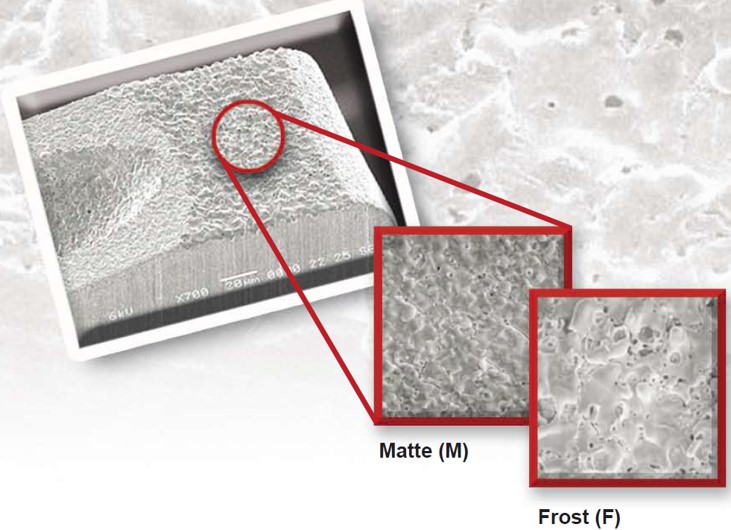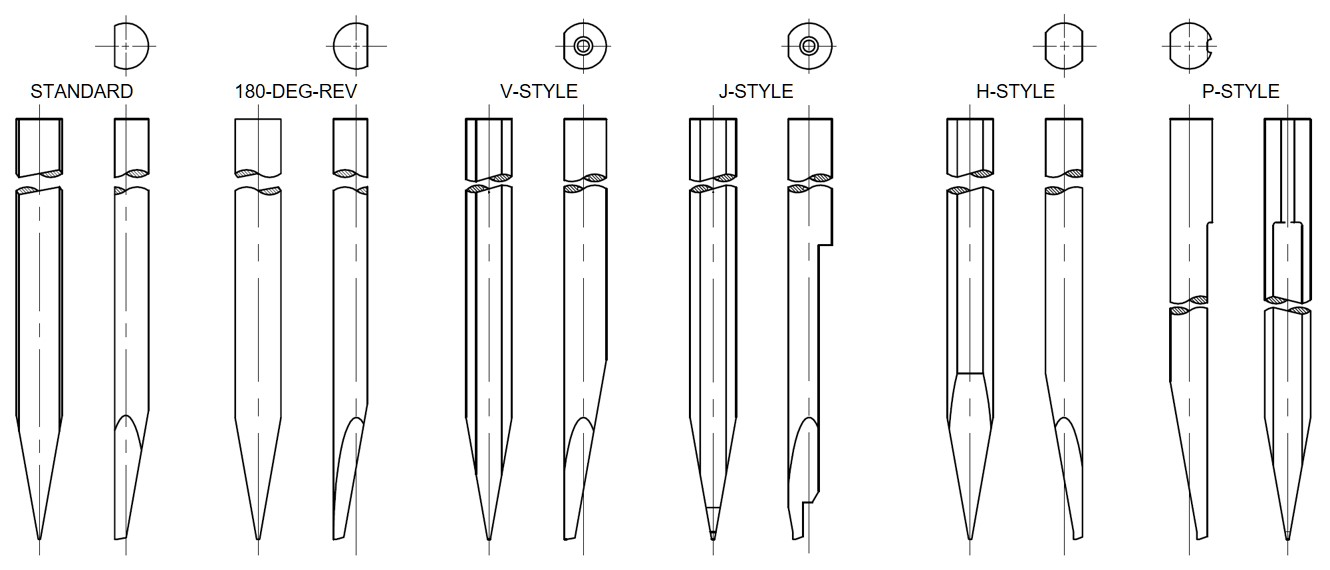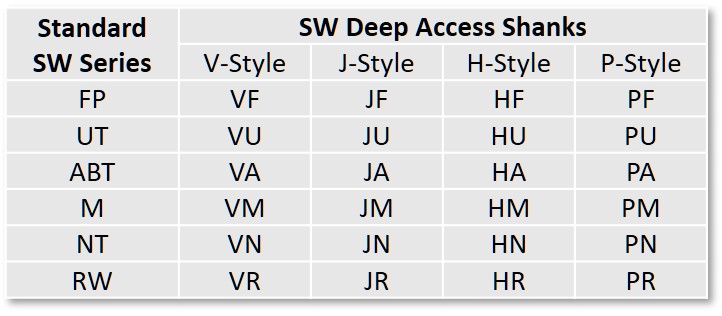Wedge Materials and Shank Configurations
Tool material selection for various bonding applications in combination with different shank styles specific to bonder manufacturers that will suit their bond head transducer platform.
Tungsten Carbide (W) is widely used because of its extraordinary properties and is particularly suited for a variety of wear resistant tools. Tungsten Carbide is the most commonly used material for Aluminum wire and ribbon bonding. Our premium grade Tungsten Carbide provides efficient ultrasonic energy transfer due to its uniform, high density, fine grain structure. It has been found that using Tungsten Carbide material with gold wire results in excessive tool degradation, tool wear and premature tool replacement.

Titanium Carbide (TI) is the typical choice for gold wire and ribbon bonding applications. Titanium Carbide is a sintered alloy of Titanium and various binders. Our material is an industry recognized standard for gold wedge bonding. SPT supplies high quality Ti Carbide tools for standard bonding applications and fine pitch wedge and ribbon bond tools with high structural integrity.
Cermet (C) is an optional material for gold and copper wire, ribbon and TAB applications at lower bonding temperatures. The naturally coarse texture of our ceramic-metal alloy “Cermet” provides enhanced ultrasonic coupling, allowing reduced bonding parameters, gentler touchdown and extended tool life. All Cermet bonding tools are manufactured using a two piece construction. SPT’s proprietary brazing technique creates a uniform, ultra thin brazed joint with our Tungsten Carbide shank, allowing seamless ultrasonic transfer equivalent to a unibody carbide wedge.
Microloy (M) is an addition to the SPT bonding tool product line. An enhances carbide alloy with its unique surface finishing, ‘Matte’ and ‘Frost’, allow for unparalleled ultrasonic coupling, with minimal build-up for longer tool life made it an ideal material for the tips of bonding tools used in ultrasonic wire, ribbon and TAB bonding. In recent years, it has proven its benefits in Copper wire bonding application.

SW Shank Configurations
Most wedge bonder manufacturers for small wire are using a standard shank wedge design with the wire feeding behind the wedge at a certain angle, typically at 45°. Some bonder models are configured with a deep access capability using a wedge with a special shank design for the wire to feed vertically through the center hole (V and J Style) or behind the shank of the wedge with the added flat (H and P Style).


